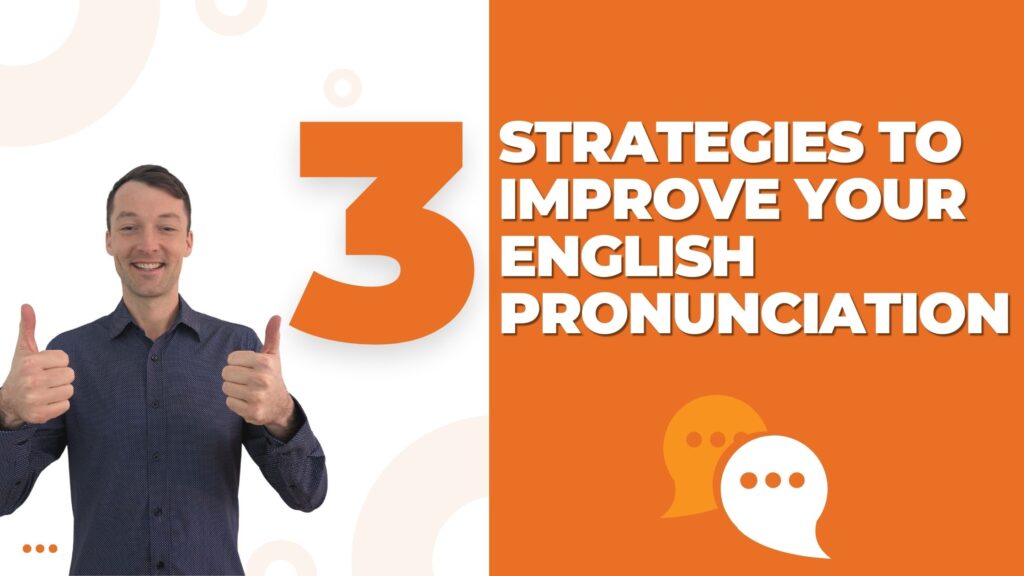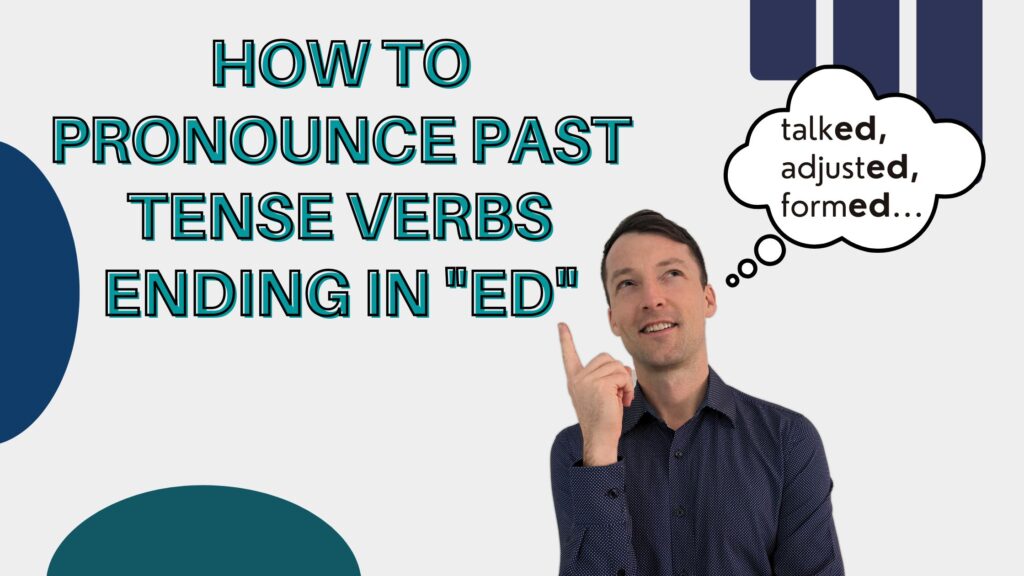Pronouns are words we use to take the place of nouns. A pronoun can do everything a noun can do. It can be used as the subject or object in a sentence. It can also show possession, or ownership. A noun, however, never changes, no matter how it is used in a sentence. A pronoun does change. In this posting I show you how to use pronouns as the subject of a sentence, and as an object. In addition, I show you how to use a pronoun to show possession.Finally, I show you how to use possessive adjectives and possessive nouns. There will be many example sentences. The download at the end will give you more practice using these skills.
Here is the lesson I taught on using English pronouns as the subject of a sentence:
Subscribe to our YouTube Channel to see all of our lessons and get the latest videos right away!
The following pronouns are called subject pronouns. They can also be called personal pronouns. The are always used as the subject of a sentence.
- I — I just bought a new motorcycle.

- you — You look tired today.

- he — He just started a new business.

- she — She works as a computer scientist.

- it — This is my new car. It cost a lot of money.

- we — We are from Mexico.

- they — They don’t know the way home.

Using pronouns as objects.
Pronouns can be used as direct or indirect objects in as sentence, or as objects of a preposition.
- me — Please give the pencil to me.

- you — My brother told me that he saw you at the mall yesterday.

- him — This is a photo of my uncle. Have you seen him before?

- her — I told her to be careful on the ski slopes.

- it — This is my new dress. Do you like it?

- us — Can you give us the recipe for those delicious cookies?

- them — Here are my new gloves. I bought them at Target.

Using pronouns to show possession.
We can also use pronouns to show that something belongs to us or to someone else.
- mine — This is my car. It’s mine.
 This means that the car belongs to me
This means that the car belongs to me - yours — I think this book is yours, because I left mine at home.

- his — That dog is his. We should tell him that the dog got out of the yard.

- hers — My family lives in California. Hers lives in Montana.

- ours — That cat isn’t ours. That cat is black and ours is white.

- theirs — Our house has two stories. Theirs has one story.

There is no possessive pronoun for it. To show possession for the pronoun it, we need to use a possessive adjective. We can also answer the question “Whose….?” ( meaning whom does this belong to) with a possessive pronoun.
Whose sister is this? Hers. Mine lives in another state. ![]()
Whose father are you? His. That boy is my son. ![]()
We can show possession with nouns by adding and ‘s ( or just an apostrophe of the noun ends with an s).
This is Bob’s house. Whose house it this? It’s Bob’s. ![]()
I saw Carlos’ new car. Whose car did you see? Carlos’. ![]()
This is the dog’s bone. Whose bone is this? The dog’s. ![]()
Using adjectives to show possession
Adjectives are not pronouns, but possessive adjectives can show ownership in the same way that pronouns do. They come right before a noun or adjective in a sentence.
- my — My mother cooked my favorite dinner.
 Note: The mother and the favorite dinner belong to me
Note: The mother and the favorite dinner belong to me - your — Can I borrow your blue sweater tonight?

- his — My son was sick, so he stayed in his bed all day.

- her — Her house is a mess! She never cleans it.

- its — The dog wagged its tail.
 Note, we do not use an apostrophe. An apostrophe would mean “it is.”
Note, we do not use an apostrophe. An apostrophe would mean “it is.” - our — Our father is a university professor.

- their — Please leave that alone. It’s their food, not yours.

Combining different types of pronouns with possessive adjectives
We can combine pronouns and possessive adjectives to show subjects, objects, and possession. Below are some example sentences using all of these.
- I bought a car. It belongs to me. It’s my car. It’s mine.

- You look good in green. Green looks good on you. It’s your best color. It’s yours.

- He has a big dog. The dog belongs to him. It’s his dog. It’s his.

- She works in an office. The office belongs to her. It’s her office. It’s hers.

- This is my new pen. It can write in red, blue, and green. I like it. Red is one of its colors.

- We vacation in the mountains every year. It’s fun for us. We love our vacation. It’s ours.

- They buy a new car every year. It’s silly of them. But it’s their life. It’s theirs.

- Maria found a better job. It’s Maria’s new job. It’s Maria’s.

You now know that there are many ways to use pronouns. We can use pronouns as subjects of sentences. We can also use them as objects and to show possession or ownership. In addition, we can use possessive adjectives to show ownership. Finally we can use an ‘s to show possession with nouns. Unlike nouns, pronouns change depending on what they do in the sentence. We can combine subject, object, and possessive pronouns along with possessive adjectives to say almost anything we want to. Some native English speakers make mistakes with these. If you can master them, you will know things that some native speakers have problems with! The download will give you additional practice using subject, object, and possessive pronouns, and possessive adjectives and nouns.
Idioms of the day
- his bark is worse than his bite
 — This means that someone may yell, scream, and seem angry, but he doesn’t really mean it. My boss always yells, but he’s really a pretty nice guy. His bark is worse than his bite.
— This means that someone may yell, scream, and seem angry, but he doesn’t really mean it. My boss always yells, but he’s really a pretty nice guy. His bark is worse than his bite. - right under your nose
 — This means that something is close to you and easy to see. I don’t know why you can’t find your wallet. It’s right under your nose!
— This means that something is close to you and easy to see. I don’t know why you can’t find your wallet. It’s right under your nose!






Pronouns and sentences